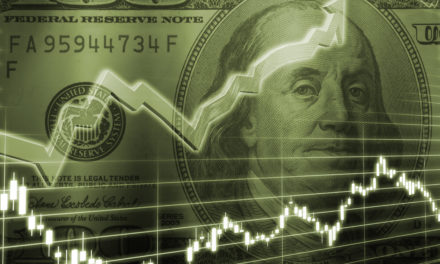
“I buy on the assumption that they could close the market the next day and not reopen it for five years.”
— Warren Buffett
The investment philosophy practiced by Warren Buffett calls for investors to take a long-term horizon when making an investment, such as a five year holding period (or even longer), and reconsider making the investment in the first place if unable to envision holding the stock for at least five years. Today, we look at how such a long-term strategy would have done for investors in Eversource Energy (NYSE: ES) back in 2018, holding through to today.
| Start date: | 10/29/2018 |
|
|||
| End date: | 10/26/2023 | ||||
| Start price/share: | $63.93 | ||||
| End price/share: | $54.16 | ||||
| Starting shares: | 156.42 | ||||
| Ending shares: | 181.66 | ||||
| Dividends reinvested/share: | $11.91 | ||||
| Total return: | -1.61% | ||||
| Average annual return: | -0.33% | ||||
| Starting investment: | $10,000.00 | ||||
| Ending investment: | $9,836.26 | ||||
The above analysis shows the five year investment result worked out poorly, with an annualized rate of return of -0.33%. This would have turned a $10K investment made 5 years ago into $9,836.26 today (as of 10/26/2023). On a total return basis, that’s a result of -1.61% (something to think about: how might ES shares perform over the next 5 years?). [These numbers were computed with the Dividend Channel DRIP Returns Calculator.]
Dividends are always an important investment factor to consider, and Eversource Energy has paid $11.91/share in dividends to shareholders over the past 5 years we looked at above. Many an investor will only invest in stocks that pay dividends, so this component of total return is always an important consideration. Automated reinvestment of dividends into additional shares of stock can be a great way for an investor to compound their returns. The above calculations are done with the assuption that dividends received over time are reinvested (the calcuations use the closing price on ex-date).
Based upon the most recent annualized dividend rate of 2.7/share, we calculate that ES has a current yield of approximately 4.99%. Another interesting datapoint we can examine is ‘yield on cost’ — in other words, we can express the current annualized dividend of 2.7 against the original $63.93/share purchase price. This works out to a yield on cost of 7.81%.
One more investment quote to leave you with:
“Value investing requires a great deal of hard work, unusually strict discipline, and a long-term investment horizon. Few are willing and able to devote sufficient time and effort to become value investors, and only a fraction of those have the proper mind-set to succeed.” — Seth Klarman



